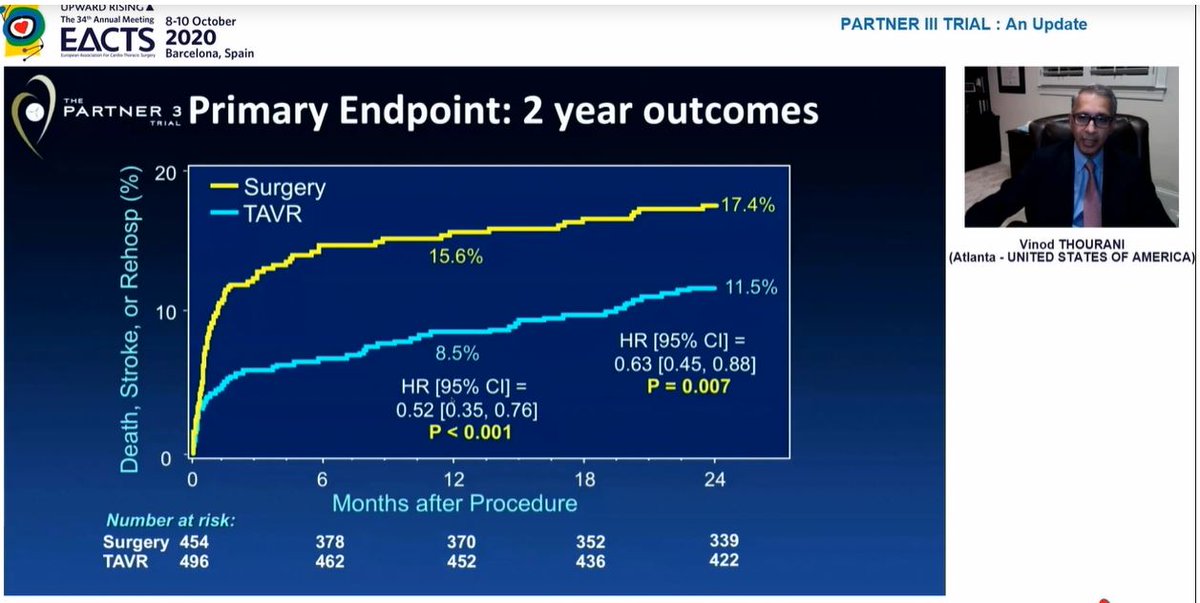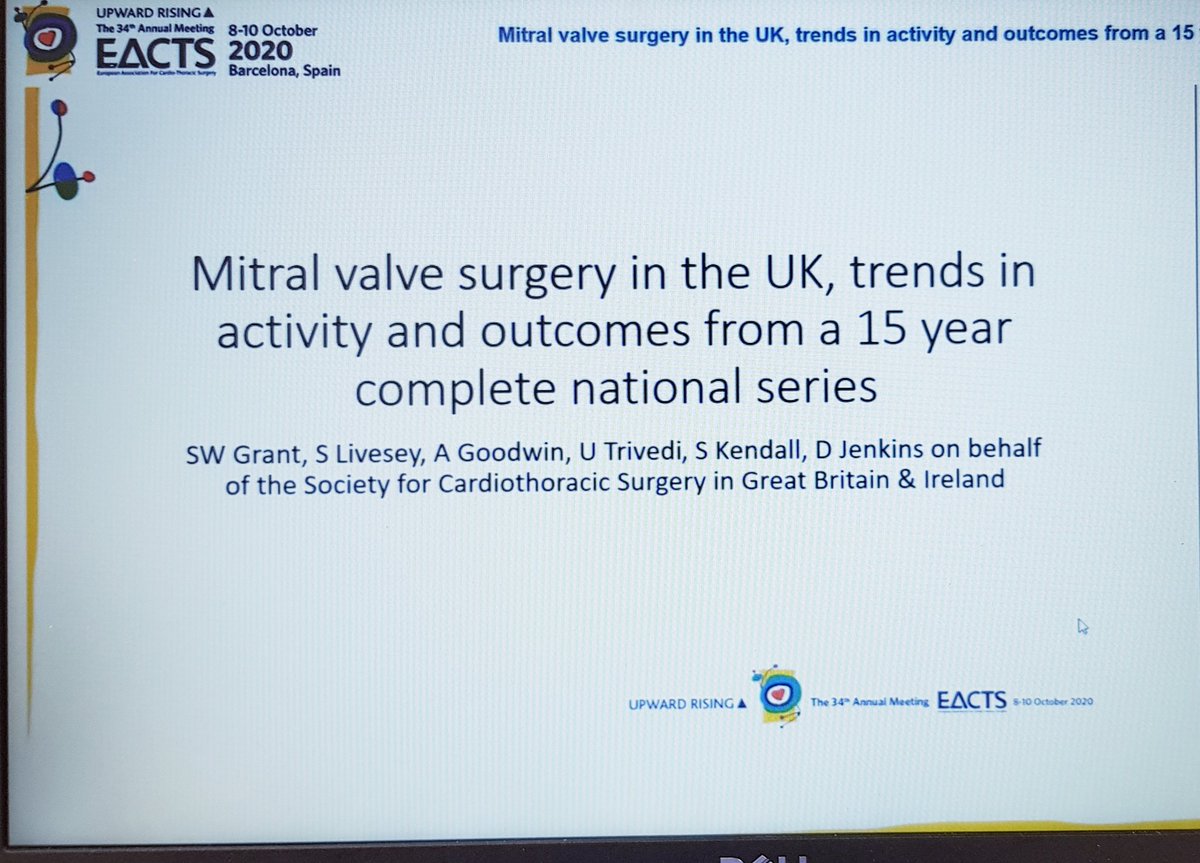
**VALVE CASE OF THE MONTH**
@BrHeartValveSoc
Pt in early 50s, unwell for 2 weeks. Grows Staphylococcus aureus in blood cultures within 48hrs. No obvious source. No murmurs on exam.
TTE requested - image quality not great, but here's a PLAX view of the AV.
@BrHeartValveSoc
Pt in early 50s, unwell for 2 weeks. Grows Staphylococcus aureus in blood cultures within 48hrs. No obvious source. No murmurs on exam.
TTE requested - image quality not great, but here's a PLAX view of the AV.
Here's a still photo.
Red arrow indicates the strand we saw on the AV.
Seemed a bit long to be a Lambls, but could be; I've seen these described as a filament or fibrin strand too.
Red arrow indicates the strand we saw on the AV.
Seemed a bit long to be a Lambls, but could be; I've seen these described as a filament or fibrin strand too.

Importantly, no aortic regurgitation
Terrible image quality (sorry!) but this is AP5Ch colour compare showing no AR
So, at end of this echo we've got a linear 'strand' on the AV with no AR and no definite vegetations.
Patient started on anti-Staph antibiotics anyway, so opted to repeat TTE after 72hrs
So, at end of this echo we've got a linear 'strand' on the AV with no AR and no definite vegetations.
Patient started on anti-Staph antibiotics anyway, so opted to repeat TTE after 72hrs
Here is repeat TTE, PLAX view.
Oh oh! New AR...and quite a lot!
Oh oh! New AR...and quite a lot!
You can see that the AV looks quite different now...
Here is the PSAX view...anything catch your eye?
Good! There's an echo-free space anteriorly, right? See the red arrow. This should cause concern!
So, new AR in someone with S.aureus sepsis & possible root abscess?
This was on a Friday AM...Now, TOE *cannot* wait until Monday! This needs to be done the same day...
So, new AR in someone with S.aureus sepsis & possible root abscess?
This was on a Friday AM...Now, TOE *cannot* wait until Monday! This needs to be done the same day...

So, Friday afternoon, here we go. First TOE image...😯
Torrential AR!
Here's the aortic short axis view again with suspected aortic root cavity...matches with what was seen on TTE 

Gastric view with colour showing torrential AR again...
Again, see the CW Doppler. That pressure half-time is steep enough to be a professional ski slope!! 🎿 

So, several lessons here I think.
1. S.aureus is an organism that must be taken seriously. TTE is essential.
2. If you have a potentially non-specific finding like an atypical mass or a simple strand, important not to dismiss IE, especially if no alternative cause yet found
1. S.aureus is an organism that must be taken seriously. TTE is essential.
2. If you have a potentially non-specific finding like an atypical mass or a simple strand, important not to dismiss IE, especially if no alternative cause yet found
3. We often repeat TTE soon in equivocal cases to see if any progression of disease. Often the TTE is completely unchanged, but sometimes - like here - it's quite different
4. New AR in a patient with sepsis should immediately raise suspicion of IE (irrespective of BCs)
4. New AR in a patient with sepsis should immediately raise suspicion of IE (irrespective of BCs)
5. A key fact of medicine is you need to know when to act quickly. Once you've identified AR & possible root abscess, got to confirm that & extent of abnormality with TOE ASAP. Definitely within 24hrs. As this was a Friday, got to do the same day...cannot wait till Monday!
Some of you may have chosen TOE straight after 1st TTE. Fair enough. But honestly with resolution of modern U/S machines, I find some sort of strands on so many aortic valves! If patient completely well they can be ignored. Here, with S.aureus in BCs, gotta keep a close eye!
• • •
Missing some Tweet in this thread? You can try to
force a refresh




















